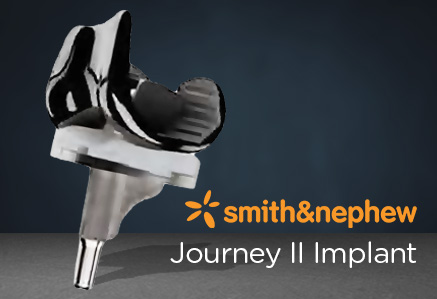Posterior Cruciate Ligament (PCL) Injury
The four ligaments that stabilize the knee are:
- The anterior cruciate
- The posterior cruciate ligament
- The lateral ligaments
- Medial collateral ligaments
The PCL has been described as one of the main stabilizers of the knee. It is broader and stronger than the ACL. It connects the femur (thigh bone) to the tibia (shin bone). Its function is to prevent the posterior translation of the tibia relative to the femur.
Cause
PCL injury commonly occurs in sports such as football, soccer, basketball, and skiing. A forceful hyperextention of the knee or a direct blow just below the knee cap will disrupt the PCL and cause knee pain and PCL Injury.
For example, the football player who is tackled with a direct hit to the knee will hyperextend the limb and sustain a PCL Injury.
The basketball player who lands on the court directly on a bent knee will tear his PCL resulting in knee pain.
Symptoms
- Pain
- A feeling of instability
Diagnosis
Physical Examination & Patient History
During your first visit, your doctor will talk to you about your symptoms and medical history. During the physical examination, your doctor will check all the structures of your injury, and compare them to your non-injured anatomy. Most injuries can be diagnosed with a thorough physical examination.
Imaging Tests
Imaging Tests Other tests which may help your doctor confirm your diagnosis include:
X-rays. Although they will not show any injury, x-rays can show whether the injury is associated with a broken bone.
Magnetic resonance imaging (MRI) scan. If your injury requires an MRI, this study is utilized to create a better image of soft tissues injuries. However, an MRI may not be required for your particular injury circumstance and will be ordered based on a thorough examination by your Peninsula Bone & Joint Clinic Orthopedic physician.
Treatment Options
Non-Surgical
If you have injured just your posterior cruciate ligament, your injury may heal quite well without surgery. Your doctor may recommend simple, nonsurgical options.
RICE. When you are first injured, the RICE method – rest, ice, gentle compression and elevation — can help speed your recovery.
Immobilization. Your doctor may recommend a brace to prevent your knee from moving. To further protect your knee, you may be given crutches to keep you from putting weight on your leg.
Physical therapy. As the swelling goes down, a careful rehabilitation program is started. Specific exercises will restore function to your knee and strengthen the leg muscles that support it. Strengthening the muscles in the front of your thigh (quadriceps) has been shown to be a key factor in a successful recovery.
Surgical
Your doctor may recommend surgery if you have combined injuries. For example, if you have dislocated your knee and torn multiple ligaments including the posterior cruciate ligament, surgery is almost always necessary.
Rebuilding the ligament. Because sewing the ligament ends back together does not usually heal, a torn posterior cruciate ligament must be rebuilt. Your doctor will replace your torn ligament with a tissue graft. This graft is taken from another part of your body, or from another human donor (cadaver). It can take several months for the graft to heal into your bone.
Procedure. Surgery to rebuild a posterior cruciate ligament is done with an arthroscope using small incisions. Arthroscopic surgery is less invasive. The benefits of less invasive techniques include less pain from surgery, less time spent in the hospital, and quicker recovery times.
Surgical procedures to repair posterior cruciate ligaments continue to improve. More advanced techniques help patients resume a wider range of activities after rehabilitation.
Conservative Treatment Options
Treatment Highlights






